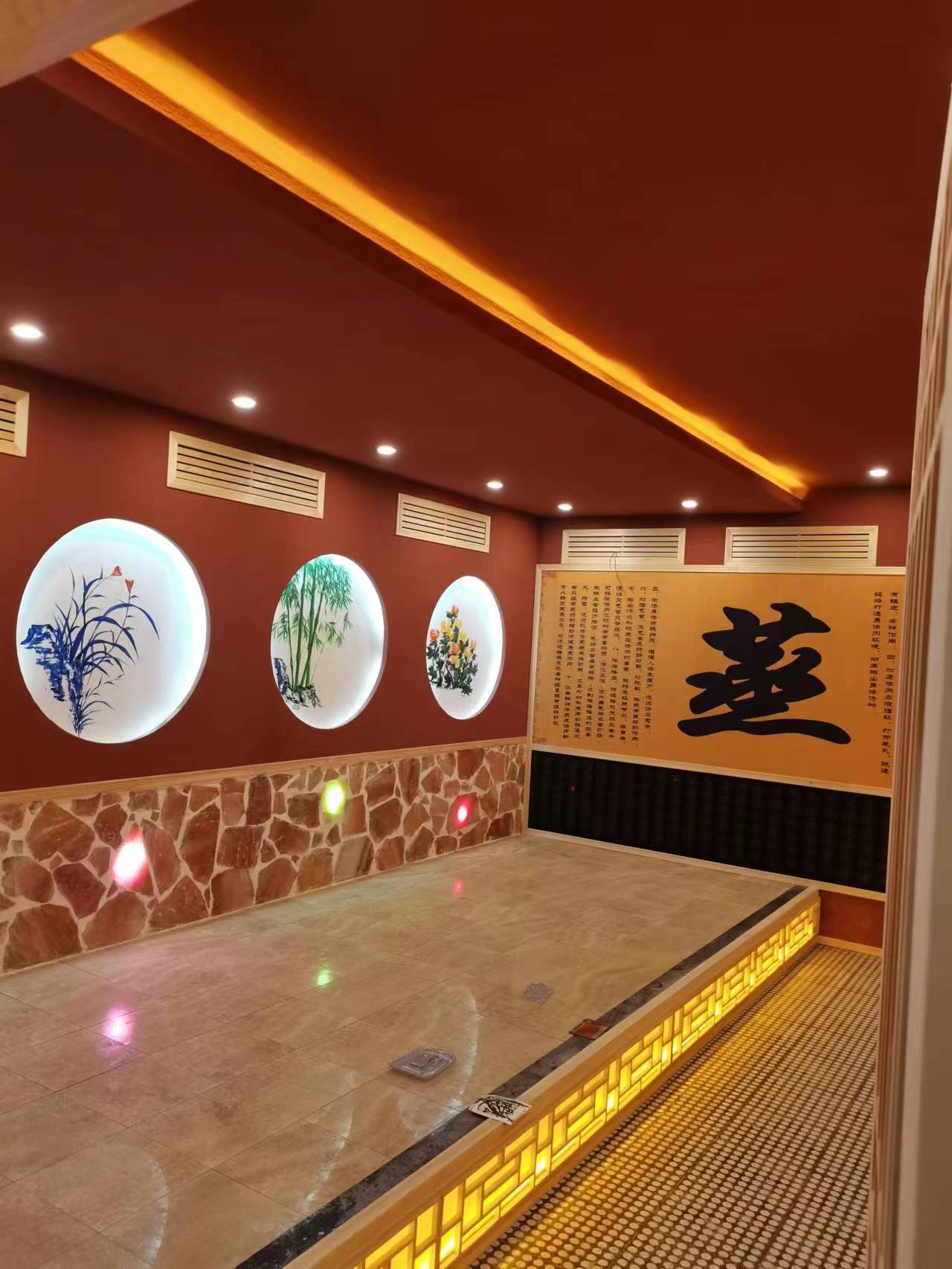
In the northern regions, where harsh climates and fluctuating temperatures are common, maintaining a proper environment in sweat rooms is crucial. One of the key elements in preventing mold growth in these spaces is the use of vapor barriers.
Vapor barriers act as a protective shield against moisture. In sweat rooms, moisture can come from various sources such as perspiration, steam from heating elements, and even from the surrounding environment. Without a proper vapor barrier, this moisture can seep into the walls, ceilings, and floors, creating the ideal conditions for mold to thrive.
The primary way vapor barriers prevent mold growth is by blocking the passage of water vapor. They are designed to be impermeable to moisture, ensuring that the humid air generated in the sweat room remains within the controlled space and does not penetrate the building structure. This helps to maintain a dry environment on the other side of the barrier, where mold cannot grow as easily.
Moreover, vapor barriers also help to regulate temperature. In the north, extreme temperature differences between the inside and outside of a building can cause condensation to form. By preventing moisture from entering the insulation and structural components, vapor barriers reduce the risk of condensation, which is a major contributor to mold growth.
Another important aspect of vapor barriers is their ability to improve air quality. Mold spores can cause respiratory problems and allergies, so preventing their growth is essential for the health and well-being of users of the sweat room. By keeping mold at bay, vapor barriers contribute to a cleaner and healthier indoor environment.
To ensure the effectiveness of vapor barriers in sweat rooms, proper installation is crucial. The barrier should be continuous and seamless, without any gaps or holes that could allow moisture to bypass it. It should also be installed in accordance with industry standards and best practices to maximize its performance.

